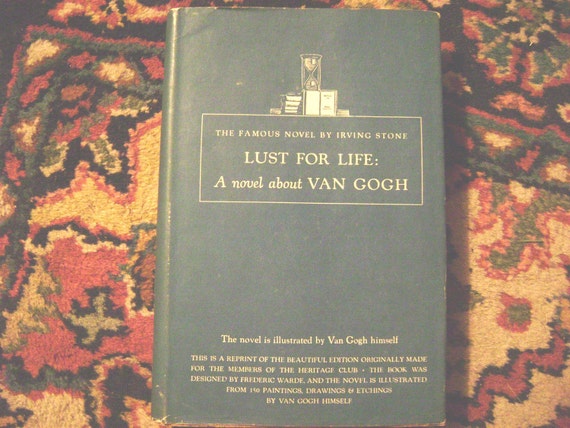

Vincent takes up with a prostitute who eventually also leaves because he is too poor. His brother, Theo van Gogh, provides financial and moral support. His cousin Anton Mauve gives him paint and art materials and encourages him to paint. The infatuated Vincent follows her to her family home, where he holds his hand over a candle flame to prove his devotion, only to learn that she has said she is disgusted by him and doesn't want to see him again. Here a woman he obsessively loves (his cousin) rejects Van Gogh because of his inability to support himself financially. The religious leaders do not like his approach, and they frown on his social activism and care for the poor. Here he becomes deeply absorbed in the miners' plight and begins sketching their daily life.

He pleads with them to be allowed some position and they place him in a very poor mining community. Vincent has trained to be a minister, like his father, but the church authorities find him unsuitable. Douglas won the Golden Globe Award for Best Actor in a Motion Picture – Drama and the New York Film Critics Circle Award for Best Actor for his performance, while Quinn won the Academy Award for Best Supporting Actor. The film stars Kirk Douglas as Van Gogh, James Donald as his brother Theo, with Pamela Brown, Everett Sloane, and Anthony Quinn.

It was directed by Vincente Minnelli and produced by John Houseman. Lust for Life is a 1956 American biographical film about the life of the Dutch painter Vincent van Gogh, based on the 1934 novel of the same title by Irving Stone which was adapted for the screen by Norman Corwin.


 0 kommentar(er)
0 kommentar(er)
